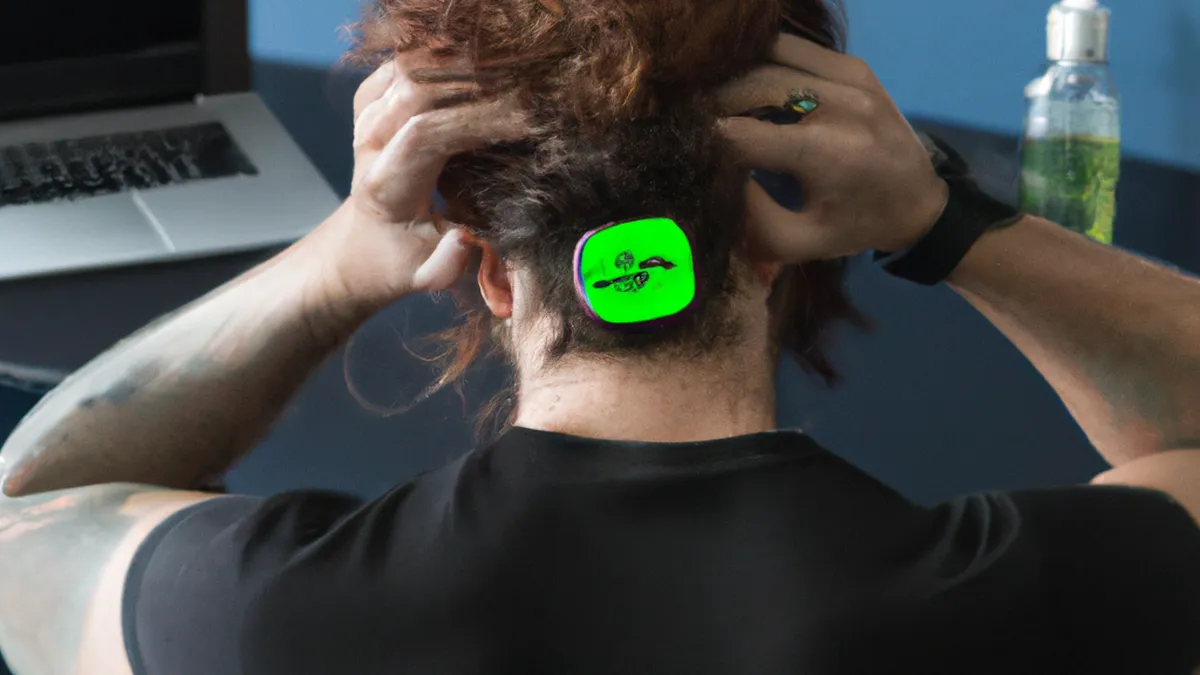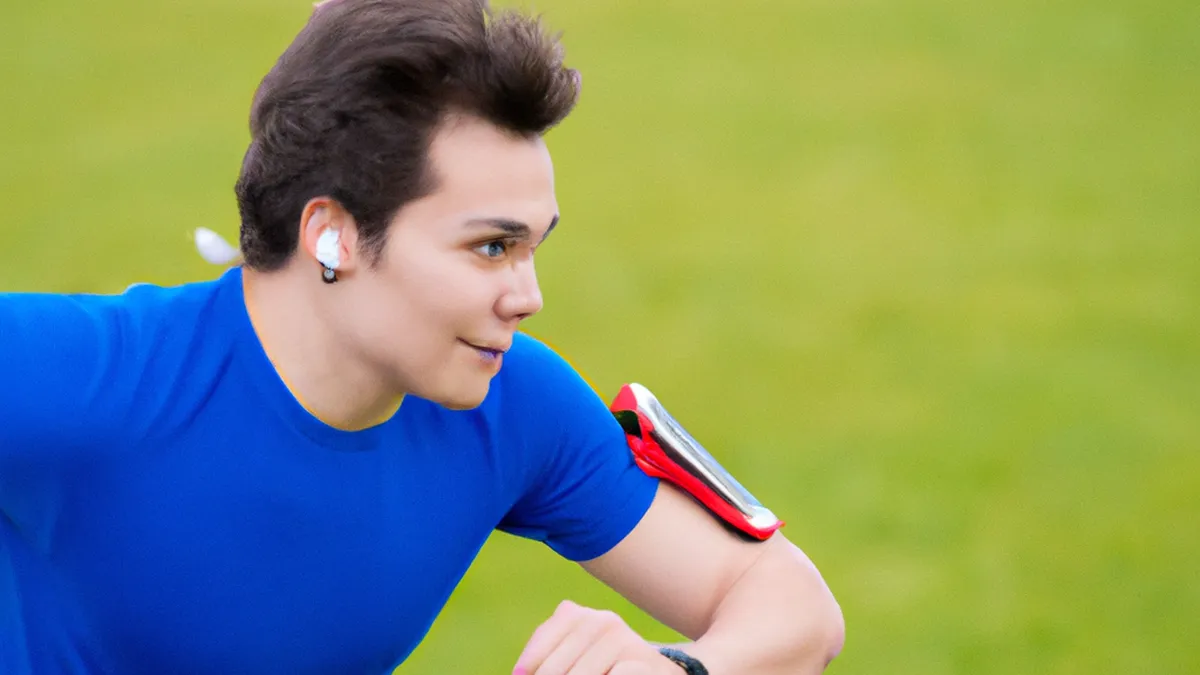Secrets of Successful Female Jumpers
Training Considerations for Female JumpersJumping events require strength, technique, and agility. Female jumpers face unique challenges in their training. Understanding these challenges helps optimize performance, reduce injury risk, and enhance athletic development. This post offers training tips and advice tailored for female jumpers.
Understanding the Basics of Female Physiology
Female athletes have distinct physiological traits that affect training and performance. Understanding these traits is crucial for effective training programs.
Hormonal Fluctuations
Hormonal fluctuations during the menstrual cycle significantly impact female athletes. These changes affect energy levels, mood, and recovery. For instance, women may feel fatigued or experience mood swings during the luteal phase. Training programs should consider these cycles. Adjust the workout intensity and volume based on hormonal states. Reducing intensity in the premenstrual phase helps maintain performance without overexertion.
Joint Stability and Flexibility
Women often have greater joint laxity than men, impacting jumping events. This flexibility can aid optimal jumping positions but increases the injury risk, especially in knees and ankles. Strength training builds stability around these joints. Incorporate exercises like single-leg balances and stability ball workouts to enhance strength and control.
Effective Training Tips for Jumpers
As an Amazon Associate I earn from qualifying purchases.
Gear tip: consider power meter, compression sleeves, and compression socks to support this topic.
A comprehensive training program is vital for female jumpers. Here are specific tips to enhance performance:
Focus on Strength Training
Strength training builds power for height and distance in jumps. Incorporate compound movements like squats, deadlifts, and lunges. Aim for two to three sessions weekly, focusing on progressive overload. Consider adding Olympic lifts, such as cleans and snatches, to enhance explosive power.
Incorporate Plyometrics
Plyometric exercises improve explosive power by training muscles to contract quickly. Add box jumps, depth jumps, and bounding to your routine. Start with lower heights and progress gradually to avoid injuries. Balance plyometric and strength training to maximize performance gains.
Prioritize Technique Work
Jumping technique is crucial for success. Regularly practice jumping mechanics to develop muscle memory. Focus on take-off, flight, and landing phases. Use video analysis to identify improvement areas and work with a coach to refine technique.
Conclusion
In summary, female jumpers benefit from tailored training programs. Focus on strength, plyometrics, and technique for optimal performance.
Below are related products based on this post:
FAQ
What unique challenges do female jumpers face in their training?
Female jumpers encounter challenges related to physiological traits, hormonal fluctuations, and increased injury risks due to joint laxity. Understanding these factors is essential for creating effective training programs that enhance performance and reduce the likelihood of injuries.
How do hormonal fluctuations affect female athletes?
Hormonal fluctuations during the menstrual cycle can influence energy levels, mood, and recovery for female athletes. Training programs should adjust intensity and volume according to these hormonal states, particularly reducing intensity during the premenstrual phase to help maintain performance.
What are effective training tips for female jumpers?
Female jumpers should focus on strength training, incorporating compound movements and Olympic lifts to build power. Additionally, including plyometric exercises and prioritizing technique work is crucial for improving performance and developing muscle memory for jumping mechanics.















Post Comment